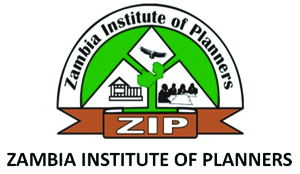ZAMBIA has an area of up to 753,000 square kilometres, which means our country can accommodate five countries the size of the United Kingdom.
On the other hand, the larger percentage of this land is covered by rural areas, and this calls for planning.
Urban and regional planning is a field of study that trains professionals who develop programmes and policies to guide future growth and redevelopment of urban, sub-urban and rural communities.
Rural planning is the management of rural communities with an objective of maintaining and improving rural living standards, putting into consideration the natural landscapes within the area.
In order to carry out an effective planning exercise of a rural settlement, planners need to know what exactly the residents are lacking, something that will sustain the residents economically, socially and physically.
In other words, social-economic and physical planning.
For example, if the Government wants to replace a pontoon with a permanent bridge, planners come in, to try and analyse the economic benefits residents will gain from it.
In this case you will note that the pontoon fares will be used for other alternatives when the bridge is constructed resulting in better living standards.
On the social aspect, construction of a bridge will result in permanently connecting one social group of people to the other resulting in national unity and prosperity.
This can be helpful when sorting out rivalry between two different social groups having a river as a boundary.
In a bigger picture planners are the core-contributors to national development in the sense that when we look at development, it is not only the construction of multi-storey buildings but also putting in place programmes that will help people in their livelihoods.
For instance, if we consider the world at large we will see that a country may have good infrastructure but a large number of people still live in poverty.
It is because of this fact that planners work with a number of stakeholders to deliver the best.
In a nut shell, development in rural communities does not only come in the physical form of infrastructure, but also in social-economical form through creating programmes like women’s groups and agricultural cooperatives to help sustain the day-to-day life in rural settlements.
Comments:(The Zambia Institute of Planners, Student Chapter-Copperbelt University, Department of urban and regional planning, P.O. Box 21692, Kitwe)







